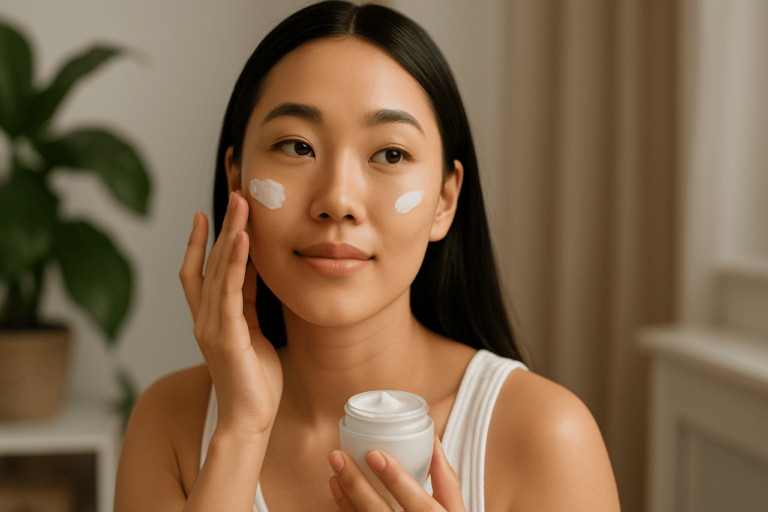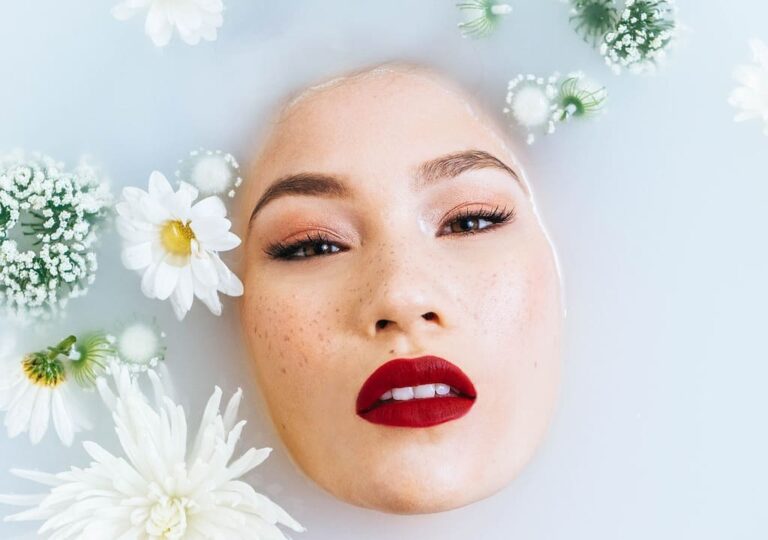The cosmetics industry is seeing a surge in the use of Virtual Try-On technology, enabling consumers to virtually apply products before purchase. With more than $23 billion invested in digital transformations, VTO is positioned as a significant marketing tool. However, behind the glossy allure lies an unsettling reality: current VTO solutions often fail to replicate actual product effects, leading to potential consumer deception and regulatory challenges.
Cydolia and its 3D technologies are addressing these beauty tech issues by integrating scientific rigor into virtual simulations, transforming them from superficial experiences into highly accurate product representations.
A strong market opportunity
Virtual Try On, powered by augmented reality (AR), has reshaped the shopping experience for consumers, with 45% of U.S. consumers more likely to buy products if they can virtually test them first. The allure is obvious: VTO allows users to experiment with cosmetics from the comfort of their homes, driving engagement by up to 200% for brands. It has also proven to reduce return rates by as much as 64%, creating a win-win scenario for both retailers and customers.
Yet, the rapid rise of VTO comes with a caveat: accuracy. Without precise simulations, the technology risks becoming more of a gimmick than a reliable tool. Traditional VTO relies heavily on hand-designed filters or AI-driven overlays, which often lack the depth to represent real-world product efficacy.
How virtual try-on works: the reality behind the filters
Today’s VTO solutions typically use a generic 3D head model that maps the user’s face, applying layers that mimic makeup or skincare products. These filters are either:
Manual Filters
Designed by makeup artists or developers, manual filters often only create a superficial resemblance to the product’s effects.
AI-Driven Simulations
AI uses machine learning algorithms to adapt to facial features, but still falls short in replicating how the product truly interacts with the skin.
Both methods fail to simulate the real physical properties of the products, such as their optical, metric, and mechanical effects on the skin. This often leads to a misleading representation, where the virtual product may look flawless online but performs differently in reality, causing consumer disappointment.
The problem with inaccuracy
Despite the early success, current VTO solutions fall short of capturing true product efficacy. Most tools are not linked to clinical data and rely on generalized assumptions about how a product behaves, failing to account for individual skin conditions. This creates a deceptive experience where products look better virtually than in real life.
In some cases, VTO filters exaggerate or misrepresent effects, causing issues related to biases like lighting conditions, facial expressions, and morphology. In the worst scenarios, such discrepancies can erode consumer trust and expose brands to potential regulatory scrutiny if misleading claims are made about a product’s performance.
The Cydolia difference: a scientific solution for accurate simulations
Cydolia is changing the landscape of 3D simulations by integrating scientific accuracy into the process. Here’s how our approach stands apart:
Run Efficacy Tests with Cydolia
Cydolia’s 3D technology is rooted in clinical data. By running efficacy tests on products, brands can ensure that virtual simulations are scientifically grounded. Cydolia’s technology captures detailed optical, metric, and mechanical properties of the skin, providing a realistic and bias-free representation of product effects.
Characterize the Product Effects
With Cydolia’s product characterization, you can simulate the real physical properties of your products based on clinical trial data. This allows brands to generate scientifically backed simulations that can be used for marketing materials like before/after visuals.
Characterize Your Consumers
Cydolia’s system also personalizes the experience by characterizing individual consumer’s facial features and skin conditions. By building a machine learning dataset, Cydolia ensures that virtual simulations reflect real-life effects on a specific user’s skin, giving brands a highly personalized and accurate VTO experience.
Powering your virtual try-on solutions
Cydolia’s product and consumer characterization technology enhances the capabilities of existing VTO platforms. By integrating Cydolia’s scientifically validated data, brands can transform their current VTO tools into precise, trustworthy simulations that mirror real-world product outcomes.
FAQ
What is Virtual Try-On (VTO) technology?
Virtual Try-On (VTO) technology allows consumers to try beauty products virtually before making a purchase. It uses augmented reality (AR) to create a digital overlay, simulating how cosmetics or skincare products will look when applied.
What is the problem with today's cosmetic Virtual Try-On (VTO) solutions?
Today's cosmetic Virtual Try-On (VTO) solutions often struggle with accuracy, as they rely on basic filters or AI overlays that do not fully replicate how products interact with different skin types. This can result in misleading representations, leading to consumer dissatisfaction. Additionally, these inaccuracies may raise regulatory concerns, as the FDA and other agencies consider inaccurate virtual simulations to be performance claims, which can expose brands to scrutiny and potential legal challenges.
How does beauty tech influence the cosmetics industry?
Beauty tech is transforming the cosmetics industry by offering consumers innovative tools like Virtual Try-On to enhance the shopping experience. These technologies increase engagement, reduce return rates, and provide personalized recommendations.
Why is accuracy important in Virtual Try-On solutions?
Accuracy in VTO is crucial because it ensures that the virtual representation closely matches real-world product performance. Inaccurate simulations can lead to consumer disappointment, damage brand trust and lead to regulatory issues. FDA considers visual representations and simulations as performance claims.
How is Cydolia improving Virtual Try-On accuracy?
Cydolia can enhance the accuracy of VTO simulations by characterizing the product effects from clinical trials. This creates a more realistic and reliable experience for consumers.
Can Virtual Try-On reduce product returns?
Yes, Virtual Try-On technology has been shown to reduce return rates by up to 64%, as it allows consumers to better visualize how products will look on them before making a purchase.
What is the role of machine learning in improving VTO?
Machine learning helps Virtual Try-On solutions become more personalized by adjusting the virtual experience based on individual users’ facial features and skin conditions, making the results more accurate.
Further Reading
- Banuba. Full Guide to Virtual Try-On
- Future of Privacy Forum (FPF). (2023). Manipulative and Deceptive Design: New Challenges in Immersive Environments
- Jha, Neha. (2024). Navigating Ethical Deception in the Beauty Industry: A Creator’s Perspective
- Beauty Packaging. (2024, March 19). Virtual Try-On Platforms Gain Traction in the Makeup Industry: GlobalData
- Revieve. (n.d.). Virtual Try-On: The Next Big Thing in Omnichannel Beauty Experience
- CosmeticsDesign. (2023, August 31). CEO Discusses Virtual Try-On Tech Impact on Consumers & Cosmetic Industry





